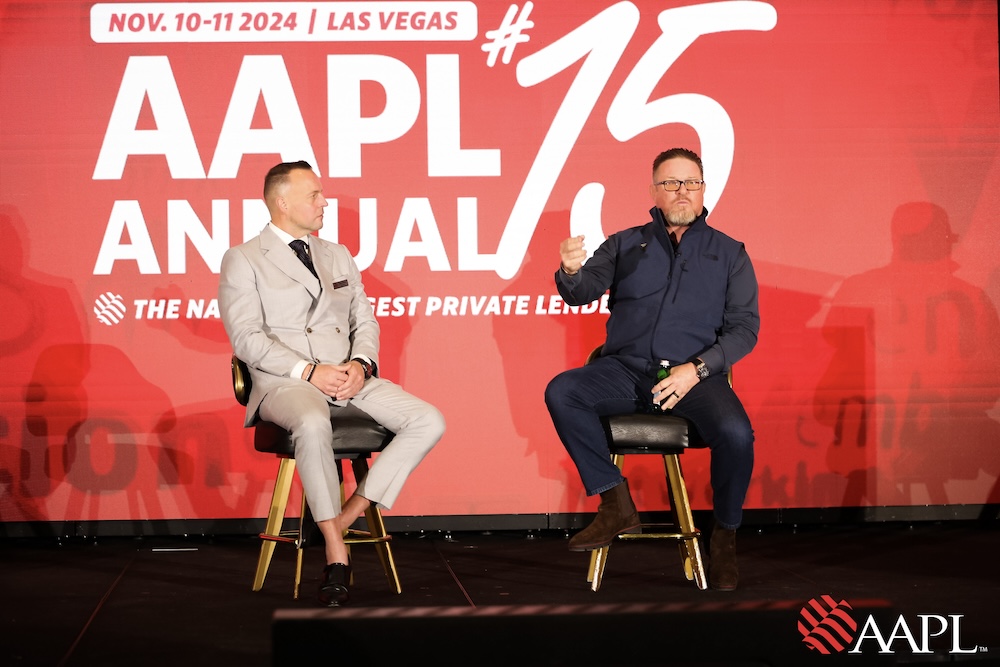Make sure your portfolio is ready for the expected wave of foreclosures hits.
As a lender, there are few things less desirable than having capital on the sidelines for extended periods of time. Idle capital decreases aggregate returns to investors, generally means loan originators are making less money, and puts pressure on target yields for those with organized funds and endless marketing material touting predictable results.
It goes without saying, then, that lenders create revenues only when capital is working. When the market contracts, and it always eventually does, we are cautious. And rightfully so. When the tide goes out, we worry about our underwriting, our reputation, and our enterprise.
Reentry of Safe and Savvy
With the return of lender and real estate market duress, we are introduced to the archetype of the wise: the savvy investor who has lived through real estate cycles and is still around to tell the tale. These lenders showcase conservative underwriting principles and their use of fundamentals to build bulletproof portfolios.
This approach often proves to be not just prudent, but necessary for the survival of lenders during market contractions. These underwriting pillars of private lending are what we turn to when we are no longer enamored with market exuberance.
‘Canaries in the Coal Mine’
The real tragedy of a real estate contraction lives in the wallets of the developer, the flipper, and the hands-on real estate investor. The borrower, not the lender. These small business owners are the canaries in the coal mine, falling and failing first during a market downturn. These business owners are the single-most valuable asset to a lender, right ahead of the capital that is being deployed.
There is a synergistic nature between the lender and the borrower. Without one or the other, there is no lending business model. But capital can be efficient. It can be highly organized. Capital can be captive if managed properly. Capital can be redeployed over and over again, often without permission from the underlying investor if structured through a managed fund.
The small business owner, on the other hand, must always source and close a new opportunity each time there is a deal. The entire process starts anew for a borrower, the true boots on the ground. Sadly, the frontline investor needs merely a single misstep to reach the end of the line. There is very little room for failure. And failure in a deal, often means a complete exit from the industry for a borrower. The lender on the other hand, recaptures the asset, and moves on. For these reasons, the borrower can potentially carry more value than the underlying capital.
Not So Simple
Although providing capital and loan products is the core of a lender’s mission and purpose, debt products are still largely driven by market and investor demand. In rich interest-rate environments, debt products tend to be short term and risk-centric, and they include additional layers of collateral monitoring. The collateral and the realization of asset improvement protects the principal. A good example of this type of product is a short-term flip, regardless of asset class. On the other hand, when interest rates are low, products tend to shy away from risk, offer longer terms, and focus more on credit than collateral. A rental property would be an example in this scenario.
If only real estate markets were that simple: low-risk environments resulting in low rates and long terms, and high-risk environments leading to higher rates and shorter terms with a focus on asset valuation. Naturally, there is every flavor in between. Sophisticated lenders will carve up debt products to offer the best (and worst) of both ends of the spectrum. They have learned over time to slide the underwriting pillars around to appeal to different borrowers under varying circumstances. Choose your flavor!
What Is Opportunistic Capital, Really?
We are living through yet another unprecedented economic situation, and the unexpected is suddenly the expected. So, we should reconsider the types of products typically categorized as debt versus equity instruments. By reevaluating where capital focuses on opportunity, we can cross the line and move opportunity capital out of equity and into the debt realm. This is the opportunity of opportunistic capital.
If you conduct a search for opportunity capital, you will find it firmly in the equity column. There are terms that describe high-risk/high-return funds as “opportunity funds.” These funds deliberately seek investment positions where equity solves a funding gap in the capital stack. They endeavor to capture generous returns upon exit or, in some cases, as long as the business venture is active. These investments are some of the most rewarding, but they come with significant risk. As equity, these funds are not only under the thumb of any leverage the enterprise may have taken on but also at the mercy of the operator’s ability to perform.
But what if we turned this structure on its head, and there was a debt facility for opportunity capital? It would need to represent only a small portion of a lender’s portfolio—just enough to capture the rare opportunity where a borrower turns to a high-cost equity partner. Radically, the lender could even provide both layers of debt, fulfilling nearly the entire capital stack while also ensuring compliance with the more traditional debt layer obligations. In this scenario, the lender would have a first lien for their traditional debt, perhaps for 85% of the capital needed, and then a second lien for the remaining 15%, the opportunity capital.
The risk to the opportunity capital is higher, but the returns would be too.
Sound familiar? Of course, it is equity disguised as debt. If you are a seasoned lender, you should have alarm bells ringing by now. Providing 100% of the capital stack to a borrower has long been accepted as folly. We prefer the borrower to have “skin in the game.” And while we often see those funds arriving at closing, it is not often we verify where they came from. But if we do, what adjustment to the terms do we make when we discover the funds were provided by an outside equity partner? We charge a premium.
This premium, this adjustment to the terms that is derived from the perceived risk of lack of funds directly from the borrower, should find a new home. This premium should be moved into the capital stack as debt. The premium should be real, palpable, and valuable to both the borrower and the lender. The borrower receives a complete solution for their project, and the lender receives a risk-adjusted premium for their second lien.
In a strange turn of events, this unification of debt provides greater oversight and authority for the lender, and less stress and more transparency for the borrower. With the right structure and rigorous collateral monitoring by the lender, this structure can yield a greater return for both parties while removing bad actors and fraud from a rapidly growing industry.
Thinking outside the box is not difficult. But it is a little easier when we enable the success of each other.











Leave A Comment